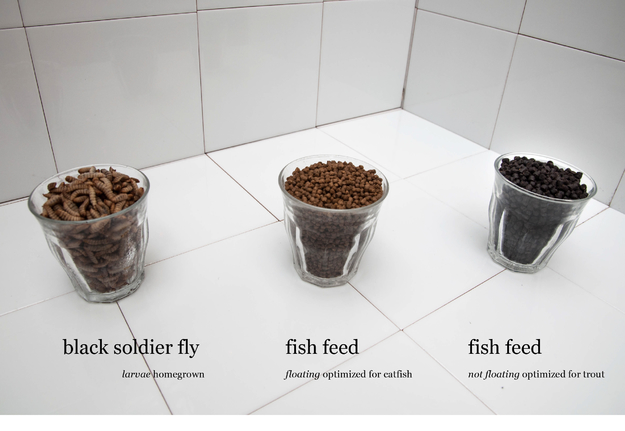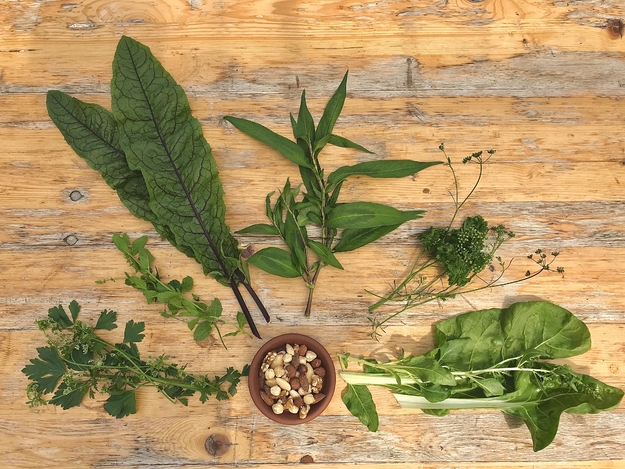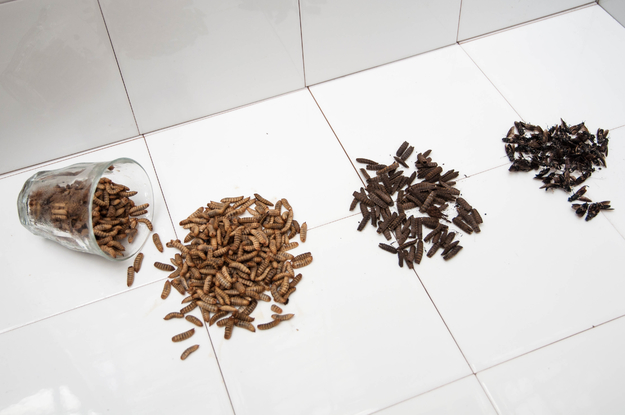But why bother?
Let’s start with some fun facts about the current situation:
- Global population numbers are expected to increase between 20% and 30% by 2050 (Calone et al., 2019).
- 60% of fish feed production is held by the top 10 producing countries, meaning that key ingredients traditionally used within feed formulas are internationally traded commodities and, therefore, subject to global market volatility and rising prices (Robaina et al., 2019).
- Three million additional tons of fish feed will be needed to sustain current aquaculture growth rates annually by 2030, along with the 70% price increase of fish oil, an essential ingredient in current fish feed production (Robaina et al., 2019).
- Protein within the fish feed is mostly imported (Smárason et al., 2019), which is expensive, but the supply is also based upon over-exploitation of natural resources (Raji et al., 2018).
With these facts in mind, it seems like a good option to look into other local and alternative feeding options…
Flying fish: their diet of poultry proteins
The current fish feed contains fishmeal, fish oils, and proteins derived from poultry (Skretting, 2021), which are transported internationally and not naturally found in African catfish diets (poultry).
Previous experiments in the Aquaponics Greenhouse show that using local protein sources such as black soldier flies is a good alternative but not economically viable long-term.
Vegan option for the vegan restaurant?
There is vegan catfish fish food where the proteins are plant-based, including dried dandelions, soybean, parsley, corn, garlic, sage, coconut, horseradish and even juniper berries! (Sawyer, 2015).
Whilst these plant-based proteins seem like a sustainably sound solution, we must make sure to look at all aspects of them, such as soil degradation processes, water usage, and transportation.
It also seems silly to grow these crops only for them to be mashed up to be used for the fish; therefore, using agricultural waste streams that include these ingredients would solve this problem for the time being.
Follow along for further research and insight into fish feed territory!
fish feed comparison glasses - the different kind of feed we're using at mediamatic
References
- Calone, R., Pennisi, G., Morgenstern, R., Sanyé-Mengual, E., Lorleberg, W., Dapprich, P., Winkler, P., Orsini, F. and Gianquinto, G. (2019). Improving water management in European catfish recirculating aquaculture systems through catfish-lettuce aquaponics. Science of The Total Environment, [online] 687, pp.759–767. Available at: https://www.sciencedirect.com/science/article/pii/S004896971932738X [Accessed 21 Apr. 2021].
- Raji, A.A., Alaba, P.A., Yusuf, H., Abu Bakar, N.H., Mohd Taufek, N., Muin, H., Alias, Z., Milow, P. and Abdul Razak, S. (2018). Fishmeal replacement with Spirulina Platensis and Chlorella vulgaris in African catfish (Clarias gariepinus) diet: Effect on antioxidant enzyme activities and haematological parameters. Research in Veterinary Science, [online] 119, pp.67–75.
- Robaina, L., Pirhonen, J., Mente, E., Sánchez, J. and Goosen, N. (2019). Fish diets in aquaponics. Aquaponics Food Production Systems, pp. 333-352. Springer, Cham.
- Sawyer, J. (2015). AquaOrganic Fish Feed. [online] The Aquaponic Source. Available at: https://www.theaquaponicsource.com/shop/fish-care/fish-food/aquaorganic-fish-feed/ [Accessed 15 Jun. 2021].
- Smárason, B.Ö., Alriksson, B. and Jóhannsson, R. (2019). Safe and sustainable protein sources from the forest industry–The case of fish feed. Trends in Food Science & Technology, 84, pp.12-14.
- Skretting. 2021. Innovative feed solutions for fish and shrimp - Skretting. [online] Available at: https://www.skretting.com/en-us/feed-and-services-for-aquaculture/?filter=Species.eq.Catfish&page=1&page_size=10. [Accessed 23 April 2021].

